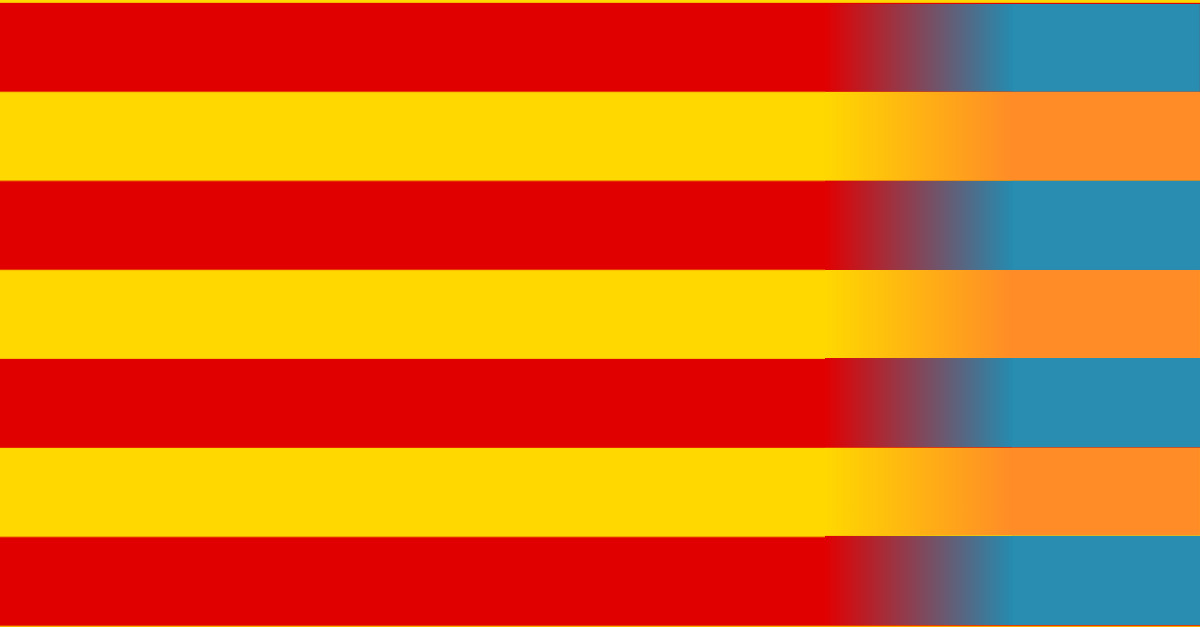When it came to selecting our host city for EHRCON25, Barcelona stood out not only for its cultural vibrancy and global accessibility, but also for its pivotal role in advancing both openEHR and the broader digital health movement.
Catalonia has emerged as one of Europe’s most ambitious and forward-thinking regions in the pursuit of open standards, shared health data, and scalable innovation. Its health system has been at the forefront of digital transformation for nearly two decades, and is a living, evolving laboratory for the kind of interoperability and platform-based care that EHRCON25 hopes to highlight.
Whilst fragmented systems and legacy infrastructures continue to hinder real progress in healthcare, Catalonia has taken a decisively different path: one grounded in long-term thinking and the radical reimagining of how health data can and should flow through the healthcare ecosystem.
Catalonia’s journey towards building a digitally mature health system dates back nearly two decades, with the launch of its shared electronic health record in 2007. This, alongside a national system introduced in 2011, laid the groundwork for what is now considered one of the most integrated digital health infrastructures in Europe. The journey has been a complex one: the legacy systems underpinning today’s interoperability were based on antiquated architectures that, while functional, resulted in significant information loss, lowered semantic richness, and forced conversations between systems to occur at the level of the least capable participant.
But today, Catalonia is reaping the rewards of this forward-thinking structural and technological overhaul. It continues to challenge the deep fragmentation caused by decades of independently-evolved systems (not least in hospital care), where a reliance on multiple EMR products had created a complex environment that was expensive to maintain, difficult to integrate and almost impossible to manage.
The region’s primary care services now benefit from a single, unified system, built on openEHR and characterised by a central clinical data repository (CDR) which consolidates longitudinal health records whilst acting as the transactional backbone for new services, designed to be natively interoperable. These include patient-reported outcomes platforms, immunisation registries, allergy tracking tools, and care planning systems. What’s more, they’re built in ways that allow for integration through standardised APIs or embedded interfaces, ensuring flexibility for healthcare providers while keeping the core data model consistent and centrally governed.
Rather than rely on the conventional model of top-down transformation or heavyweight enterprise systems, Catalonia has embraced a federated architecture that supports central coordination. This has enabled local innovation to thrive, opening the door to a health data marketplace in which the right solutions can be “plugged in” to the ecosystem, reducing friction and contributing to collective value.
By focusing on the benefits across three key dimensions – patient outcomes, clinical decision-making, and economic efficiency – the Catalan system provides a compelling argument for change; no more fragmented care pathways that fail to support complex or chronic cases, and no more clinicians forced to work with incomplete or static summaries of information rather than live data.
At a time when most digital health innovations fail to scale beyond pilots or local implementations, Catalonia is showing the world what a strong foundation for health data looks like. And they’ve achieved it using scalable, evidence-based, and reusable applications that can be developed, tested, shared, and improved across borders.
The pandemic proved that Catalonia’s system is resilient, adaptable and designed to support future modularity; as the digital health landscape continues to evolve, other systems can be integrated at different levels. The platform is not merely a repository of data, but an enabler of collaboration, continuous improvement and high quality care.
As these systems mature, and APIs and developer tooling evolve, the Catalan model will continue to offer a clear, logical and attainable alternative to the once-common vendor-driven ecosystems which dominate healthcare in other parts of the world. The open-platform approach, driven by public governance and built on open standards, has the potential to enable a Europe-wide – if not global – ecosystem, in which universal clinical applications, decision support tools and digital therapeutics can be deployed wherever there is alignment with care models and information architecture.
Ultimately, Catalonia’s approach is not just about technology; it’s about creating the right conditions for digital health to deliver on its promise to improve healthcare for all, as part of a system in which innovation is not stifled by legacy infrastructure, clinical value is not undermined by poor data access, and patients are not lost in transitions caused by incompatible systems that no longer serve their purpose.
Join us at EHRCON25, October 16-17 in Barcelona – get your tickets here.

Leave a Reply